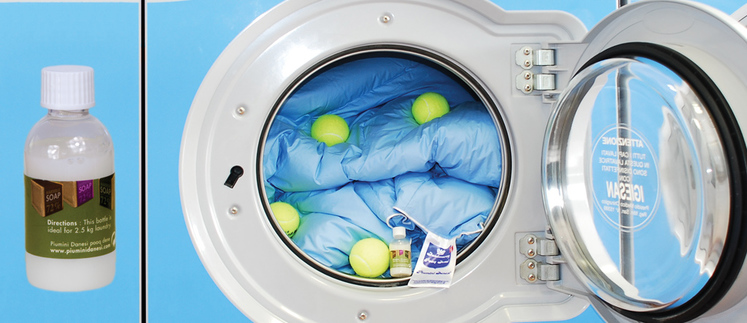
Tip 1: Before making the bed it is best to wait 10 minutes to allow the duvet to yield the moisture it has absorbed during the night to the external environment – duvets are hygroscopic.
Tip 2: Regular maintenance: We recommend that you periodically air your duvet on a laundry line, (or leave it a bit on the windowsill) especially on a cool, crisp day to freshen it up and help improve its insulating properties. Not only will this help your duvet stay fresh, it will help to plump up the down clusters, to loft.
Tip 3: For hygienic reasons, we recommend using a duvet cover at all times when using your new duvet. Duvet covers are very practical as they can be washed on a regular basis. They allow you to change the decor in your bedroom quickly and easily with the purchase of a second duvet cover. Duvet covers will also save you time and money in the future as it will minimize your need to wash the duvet
Tip 4: Rotate your duvet from the top of your bed to the bottom of your bed and vice versa every few weeks. This will help to minimize the wear to a particular section of your duvet, ensure the even distribution of the natural fill and prolong the life of your duvet.
Tip 5: Small spots or stains can be removed using warm water and small amounts of mild soap. Never use a vacuum cleaner on your duvet. A properly maintained duvet should only require washing every few years. Do avoid dry cleaning. The strong detersive may singe the down clusters.
Tip 6: Store your natural duvet in a breathable bag or wrap it in a cotton sheet. It is not recommended to store your duvet in a plastic bag, especially for extended periods of time. Plastic is damaging for natural filling, which need to breath. After being stored for a long period of time, the duvet should be shaken to allow the natural goose down clusters to re-loft to their original condition.
Washing and drying your goose down duvet at home.
Check to see whether your washing machine is big enough to wash the duvet. If you need to stuff the duvet in, it is too big for your home washing machine. and you will need to go to a Laundromat – you will also need to go to the Laundromat if you don’t have a dryer at home.
Fill the washing machine with a bit of water first water first, and then add mild detergent. (Like wool -light) Even with a big machine, your duvet will fill it up and offer no space for the distribution of detergent, so it needs to be dissolved first. Put the duvet in and wash on a gentle cycle with tepid water. After having washed your duvet a full cycle – wash it again a full cycle but without soap, only water. The rinsing - to get all the soap out of the duvet is important.
Then put the duvet in the dryer with some tennis balls. Having the tennis balls bounce around in the dryer will keep the down evenly distributed, and the balls will not damage the duvet.
Run for a 60-minute, low-heat cycle. Take it out and shake it – and continue, if still moist. When finished lay out the duvet to air-dry (not in the sun) a bit to make sure all sections are dry before replacing the goose down comforter on your bed.
Shrinkage, after washing, may be up to 5% in the longitudinal direction.
Washing your goose down duvet in the laundry
First and foremost do check that your laundry do not dry clean your duvet. The strong detersive will singe the down clusters.
Do not leave your duvet in the plastic bag when you take it back home from the laundry - lay out the duvet to air-dry (not in the sun) a bit of time to make sure all sections are dry before replacing the goose down duvet on your bed.
